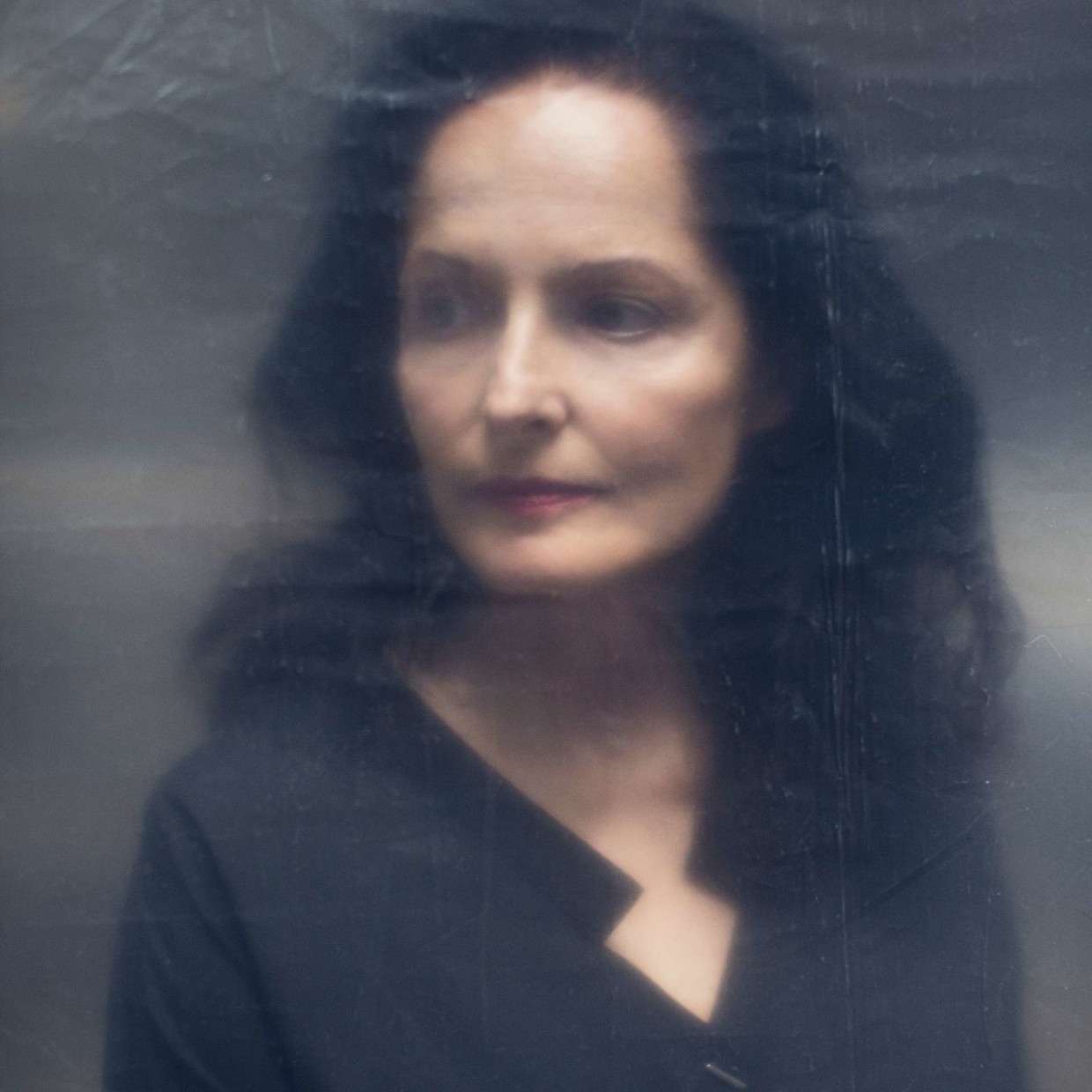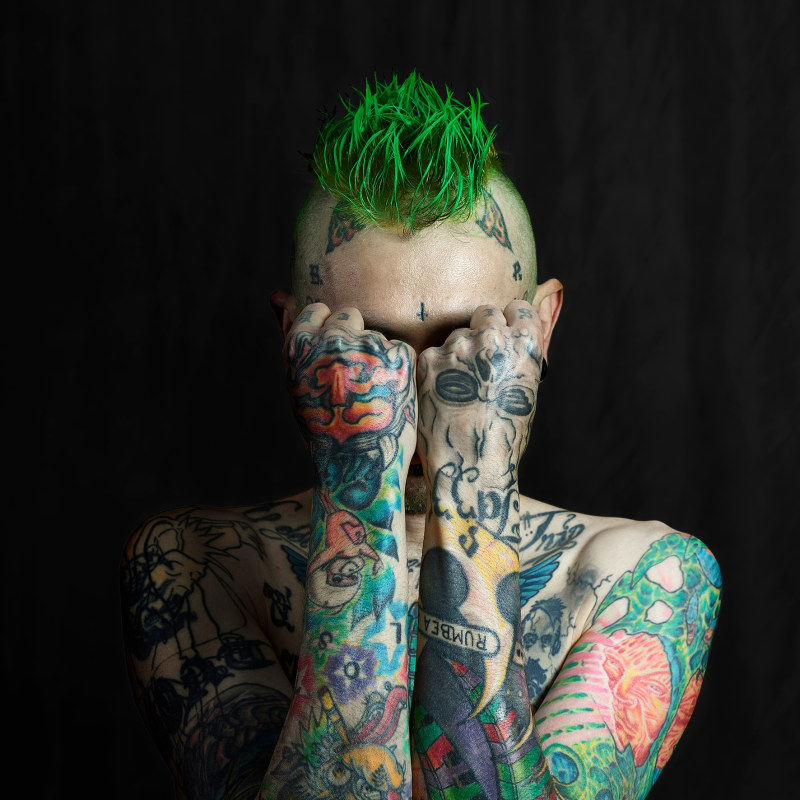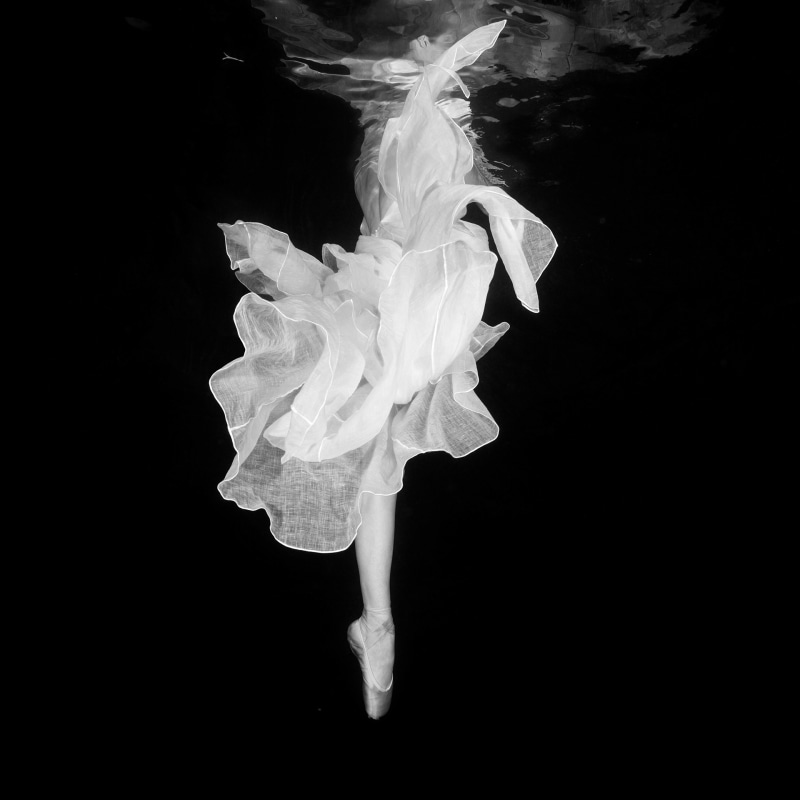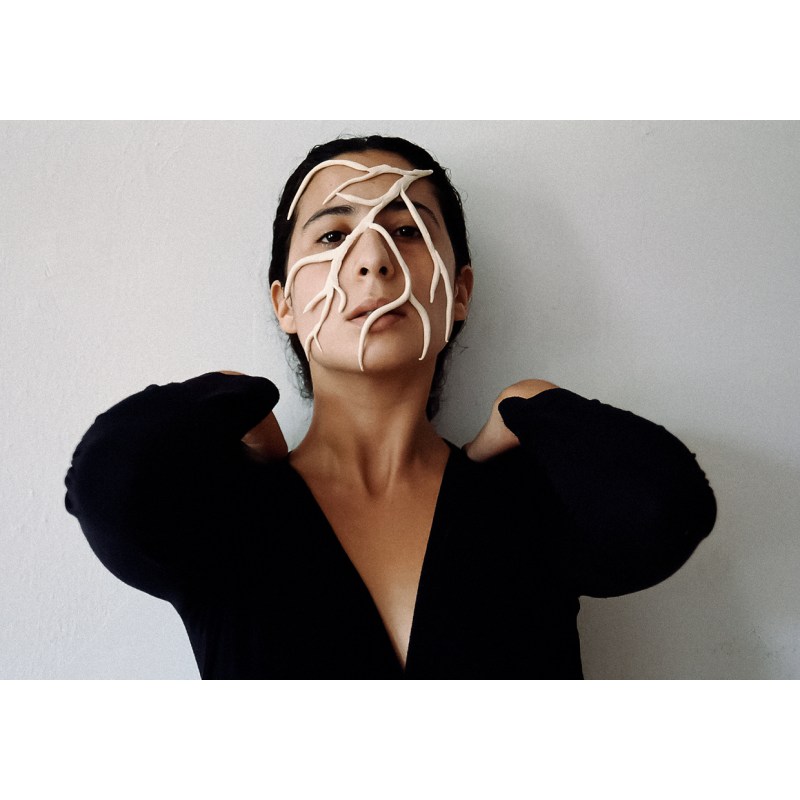-

-
 Portrait of Linarejos Moreno © Maria García Vega
Portrait of Linarejos Moreno © Maria García Vega -

-

Portrait of Laura Torrado © Antonio Corrales
-
 Portrait of Isabel Muñoz © Ximena y Sergio
Portrait of Isabel Muñoz © Ximena y Sergio -

-

-

Isabel Muñoz, Los Españoles series, 2021. Imaging on glass and gold foil substrate, 120 × 120 cm. Courtesy of the collection of Carmen Guasp.
-

Isabel Muñoz, Etiopía series, 2002. Platinum print, 140 × 167 cm. Courtesy of the collection of Lucrecia Botín.
-

Isabel Muñoz, Omo River series, 2005. Platinum print, 140 × 120 cm. Courtesy of the collection of Pilar Citoler.
-

Isabel Muñoz, Mevlevi series, 2009. Platinum print, 120 × 120 cm. Courtesy of the collection of Candela A. Soldevilla.
-

Isabel Muñoz, Metamorfosis series, 2016. Platinum print, 120 × 120 cm. Courtesy of the artist.
-

Isabel Muñoz, Bajo el agua series, 2017. Imaging on glass and silver foil substrate, 120 × 120 cm. Courtesy of the collection of Pilar Citoler.
-

Isabel Muñoz, Somos agua series, 2021. Imaging on glass and silver foil substrate, 120 × 165 cm. Courtesy of the collection of Carmen Guasp.
-

Isabel Muñoz, Japón series, 2020. Platinum print, 120 × 91 cm. Courtesy of the artist.
-

Isabel Muñoz, Japón series, 2020. Chine-collé, 45 × 56 cm. Courtesy of the artist.
-

Isabel Muñoz, Japón series, 2020. Chine-collé, 45 × 56 cm. Courtesy of the artist.
-

Isabel Muñoz, Japón series, 2020. Chine-collé, 45 × 56 cm. Courtesy of the artist.
-

Linarejos Moreno, Corte y retroceso de hilos II, 2010/2012. Natural pigment print on pictorially prepared burlap, 300 × 150 cm. Courtesy of the collection of Pilar Citoler.
-

Linarejos Moreno, Tejiendo los Restos del Naufragio VI, 2009/2021. Natural pigment print on pictorially prepared burlap, print size: 68 × 90 cm, burlap size: 88 × 147 cm. Courtesy of the collection of Coro López Izquierdo.
-

Linarejos Moreno, Tejiendo los Restos del Naufragio VI, 2009/2021. Natural pigment print on pictorially prepared burlap, print size: 68 × 85 cm, burlap size: 88 × 147 cm. Courtesy of the collection of Sara Navarro.
-

Laura Torrado, Autorretrato II, 1999. RC color photograph, 70 × 100 cm. Courtesy of the collection of Oliva Arauna.
-

Laura Torrado, Mujer escalera, 1999. RC color photograph, 195 × 125 cm. Courtesy of the collection of Oliva Arauna.
-

Laura Torrado, Mujer escalera II, 1999. Chromogenic print on paper and aluminum, 195 × 123.5 cm. Courtesy of the collection of Elena Rueda.
-

Laura Torrado, Escalera, 1999. RC color photograph, 190 × 125 cm. Courtesy of the collection of Nena Von Stumm.
-

Xing Danwen, Hilo, 2024. Archival inkjet print. Courtesy of SPURS Gallery.
-

Xing Danwen, Pastillas, 2019. Digital oil painting on canvas, wooden frame. Courtesy of SPURS Gallery.
-

Xing Danwen, Receta para la vida, 2019. Video, HD, stereo sound, 12'20''. Courtesy of SPURS Gallery.
-
Instituto Cervantes
The Instituto Cervantes is a public institution established by Spain to promote the teaching of Spanish and the dissemination of the cultures of Spain and Spanish-speaking countries. On September 10, 2024, the Prime Minister of Spain, Pedro Sánchez, inaugurated the Spanish Cultural Center – Instituto Cervantes in Shanghai.
This new cultural center builds on the legacy of its predecessor, the "Miguel de Cervantes Library," which had been dedicated to cultural and educational promotion for over a decade. Located on Anfu Road, a landmark in Shanghai’s historic center, the institute extends its influence to Eastern, Southern, and Southwestern China.
All of its activities are conducted in Spanish–Chinese bilingual format, aiming to present to the Chinese public the diversity, richness, and most representative elements of the cultures of Spanish-speaking countries.